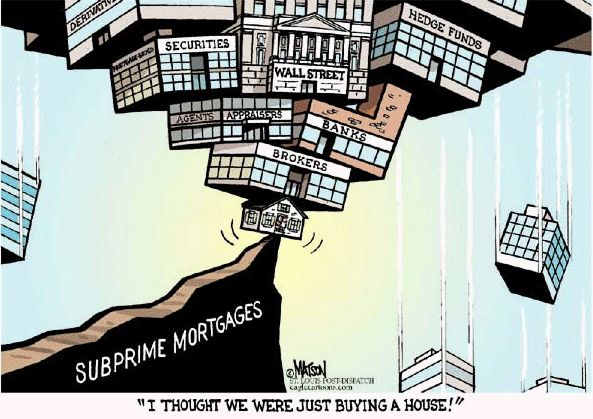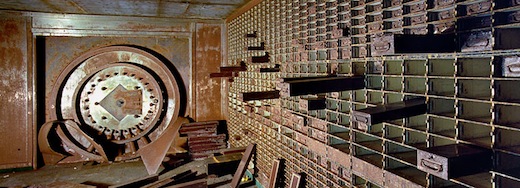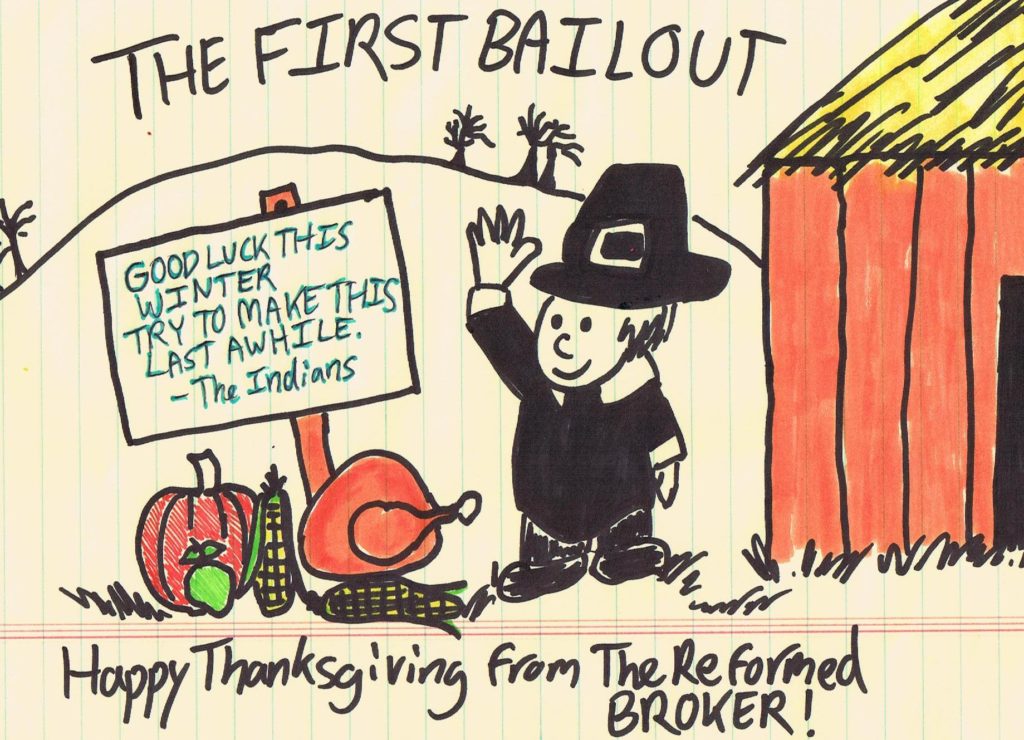The Daily Grind
Working this plan to pay off your house doesn’t free you from the daily grind, in the short term. You’ll still need to:
- Keep making the payments on your mortgage.
- Keep making payments on other fixed debts and expenses.
- Scrape and save whatever you can.
- Store your savings into silver until you reach your target number of ounces.
- Keep your head above water during this disintegrating economy.
- Monitor the price of silver and be willing and able to cash in when the time is right.
- Cash in, pay the taxes, make large payments on your mortgage and lay low.
Doomed From the Start?
Are you paying on a mortgage from the overvalued bubble market?
The contrast between the difficulty of paying off a bubble mortgage and buying a new house in cash is going to get extreme. If it’s too much harder then consider a short sale, rent for a while and use your silver to purchase a new home when the time is right. You might as well benefit from lower housing prices.
As mentioned in Part 1 the money the bank ‘gave’ you was conjured out of thin air because of The Awful Truth of How US Dollars are Created. It’s morally wrong to break a legal contract and I’m not advising one to do that. However, many debtors are questioning whether a mortgage is a legally binding contract since the bank doesn’t provide equal consideration (The Bank brings no risk to the contract since the money is created out of thin air using your signature).
Tax on Standing Still
Standing still will cost more dollars in the future than it does now. If you manage to come up with more dollars to stand still you’ll be taxed as if you’ve gained something.
This double theft of inflation and more taxes is ridiculous, of course. But, you’ll have to put more silver aside to pay the taxes on your non-gain. Otherwise, you’ll fall short of you’re goal to pay off the house.
How much more silver you’ll need for taxes is a function of the size of your mortgage and your current and future tax rates. It’s a moving target, but, you’ll have to take a stab at quantifying it to achieve your goal.
Federal
Buying or selling back silver eagles require no 1099 broker reporting. $1000 face value of junk silver (752 oz silver) is the threshold of reportabability. Less than 1000 oz of other forms is not reportable. A tax advisor would probably tell you that its good to know the reporting rules, but, they don’t affect the definition of when you’ve realized a capitol gain. You may, however, want to sell in increments less than 1000 oz. to minimize paperwork.
Sales Tax
Purchase in increments greater than $1500 to avoid paying sales tax on the purchase. Check your state rules for the threshold.
How Much Silver Do You Need?
Enough to pay off your mortgage, pay taxes on the non-gain and cover the spread on the buy and sell of the silver. If you can swing it why not add all your fixed debts to the mortgage amount and buy your way out of all debts?
The 1980 price of silver was $50/oz. The inflation adjusted price of $50 in 1980 is $129 in 2008. And yet, the current October 2009 spot price of silver is $16.32/oz.
Based on your belief use a silver price of anything between $35 and $129 for your calculations of the number of ounces to purchase with today’s savings. Then pick the month and year you think it will be worth that price. My number is $75.
I believe the dollar will fall and silver will rise in dollar terms so that one ounce of silver will be denominated in at least 75 dollars within three years. Tell me that its November 2012 and silver is $75 an once and I wouldn’t think you were saying anything extraordinary.
Example
Principal owed = $100K
Silver Now = $16.32
Silver Then = $75
Cap gains tax = 15%
Spread on the buy = 6%
Spread on the Sell = 2%
Ounces needed = 1537 costing $26,589 in todays dollars with buy spread
Sale price of 1537 oz. after paying sell spread = $112,969
Cap gains paid = $12,957 (costing 173 ounces at $75/oz)
Net (After taxes and spreads) = $100,012
So, for every dollar you save in silver you’ll be able to payoff 3.8 dollars of mortgage after paying the taxes on the silver gain if silver goes to $75.
How does that compare to saving dollars in a bank at 0 interest? Let’s say every dollar you have now is worth 60 cents then. That means instead of having 3.8 dollars you’ll have 0.6 dollars. That means you’ll have 6.3 times more dollars in your hand if your savings is in silver rather than dollars (3.8 / 0.6 = 6.33).
Step-by-Step
- Decide what you think the price of silver will be in three years.
- Look up how much you’ll owe on your house in three years.
- Divide principal owed / silver spot in #1.
- Add in the buy spread on the purchase
- Add in the taxes on the gain.
- Add in the sell spread.
- Add 2, 4, 5 and 6 and recalculate #3 substituting the new number for the numerator (It’s recursive because of the taxes. I made a spreadsheet to calculate 1-7).
- Find a source to purchase the silver.
- Purchase the silver
- Purchase a gun safe, not necessarily shipped to your own property.
- Take physical delivery of your silver and store it somewhere safe — The gun safe being one of many options.
- Keep making your mortgage payments and other expenses
- Monitor the spot price of silver
- Get as familiar and comfortable with selling your silver as you did in buying it in step 9.
- Wait until the value of your silver hits your spot price.
- Sell the silver in increments that enable you to minimize taxes on the gain.
- As you sell the silver make huge payments on the principal of your mortgage.
Check the current spot price here and find a local coin shop.
That’s it! Don’t think about it too much or cash in the silver too early. Get back to your life.
If You Don’t Have the Money
The savings required to buy enough silver to pay off your mortgage is small in comparison to the size of a mortgage. However, it’s by no means a trivial amount of savings.
If you don’t have enough then either buy what you can or focus on other real assets. I keep a running list of my favorite real assets in Checklist for Hard Times. In that article I recommend not buying precious metals until you have the real things needed to fulfill the needs of your family. Providing shelter (Paying off the house) certainly qualifies as providing for the needs of your family, in my book.
With all this talk of money and sliver you might be surprised that my philosophy is that Everything is Worth More Than Money.
Belief is Good (And Downside Risk is Minimal)
The technique I’m proposing will work for balanced and financially conservative reasons. Yes, silver is undervalued, but, don’t bet the farm on it. Rather, payoff the farm with it. Use the rest of your savings to hedge risk and purchase tools and seeds for the harvest.
What I’m not saying:
- Buy silver because you’ll make a lot of money.
- Silver is your last chance at an investment of a lifetime.
- Put every spare dime into more silver.
- The silver market is manipulated and will spring back with a vengence.
I can’t make these statements because markets can be manipulated and investors can be wrong longer than you or I can remain solvent.
What I am saying:
- The dollar will continue to fall and there is no government plan, action or will to save it.
- The dollar will not be saved by deflation (Occuring simultaneously with overpowering inflation).
- Silver is the most undervalued candidate among many other choices for hard assets in which to preserve savings.
- Silver is not your only alternative for this plan. It’s just what I think is the best alternative.
- Silver will preserve, though not necessarily increase your real purchasing power. It is the preservation, not the increase that this plan depends on.
Whether you execute the plan depends on your belief. Writers that specialize in precious metals are better sources to hone your beliefs than I can be in this article. I’ll list my favorites, below and suggest a reading sequence.
Belief is best when it comes from your own research. I recommend reading the following articles, in this order, to optimize your time.
- Refuting Myths about Gold
- “Why is Gold Money?”
- Then and Now
- The Great Silver Spike of 1980
- Find Your Local Coin Shop
- Future Gold & Silver Prices
- The Silver ETF: What’s the deal?
- The Money Chart
- How to Buy Silver, & Avoid Getting Scammed
- Silver: Questions and Answers
- Why Silver is better than Oil as an Investment
- Fekete Questions Me, & Why Banning Usury Won’t Work
- Fekete Answers Me & the Debate Continues
- Bar Graphs of Silver vs. Money
- FAQ
- The Money Charts – 2008
- What’s the Price of Silver?
- Troubled Silver Dealers




